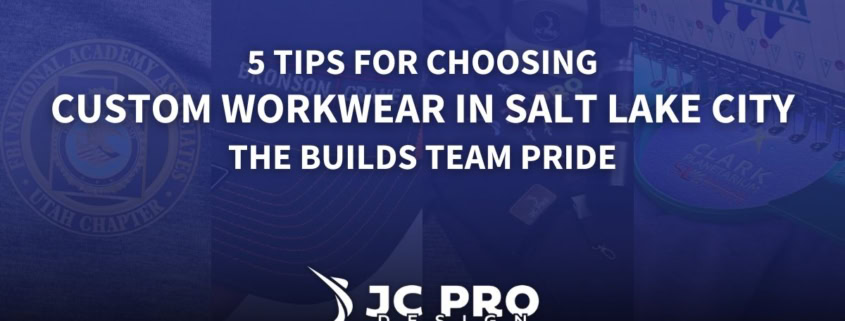5 Tips for Choosing Custom Workwear in Salt Lake City That Builds Team Pride
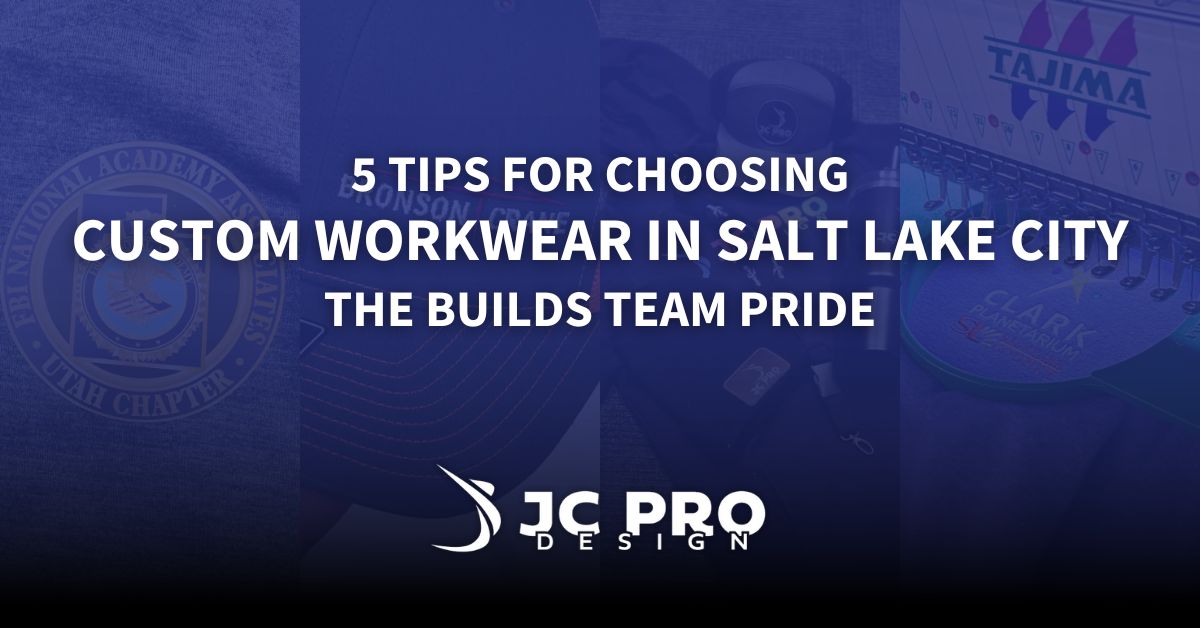
Last night I took my family to a new Mexican restaurant we had driven by a hundred times and finally decided to try. We walked in, I put our name on the waiting list and almost immediately I found myself loving the whole vibe of the place.
This wasn’t a chain restaurant where every location looked the same. This was a local gem and I could tell whoever designed the space picked out every item to create an experience for the customers.
The pillows on the seats near the entrance, the glass skull and palm leaf chandeliers and even the t-shirts the staff were wearing. You could even buy those shirts and take them home.
I started thinking about the role of uniforms in company culture, branding and customer experience. I loved the uniform shirts, and I could tell the employees loved wearing them. Plus the shirts really elevated the atmosphere of the restaurant.
Are you evaluating companies to create custom work uniforms for your team? If so, selecting workwear is more than just picking comfortable clothes with your logo. The right custom uniforms and workwear builds team identity, professionalism and brand image.
Here’s how to choose custom workwear for your Salt Lake City business that your team will be proud to wear.
1. Start with Quality Fabrics
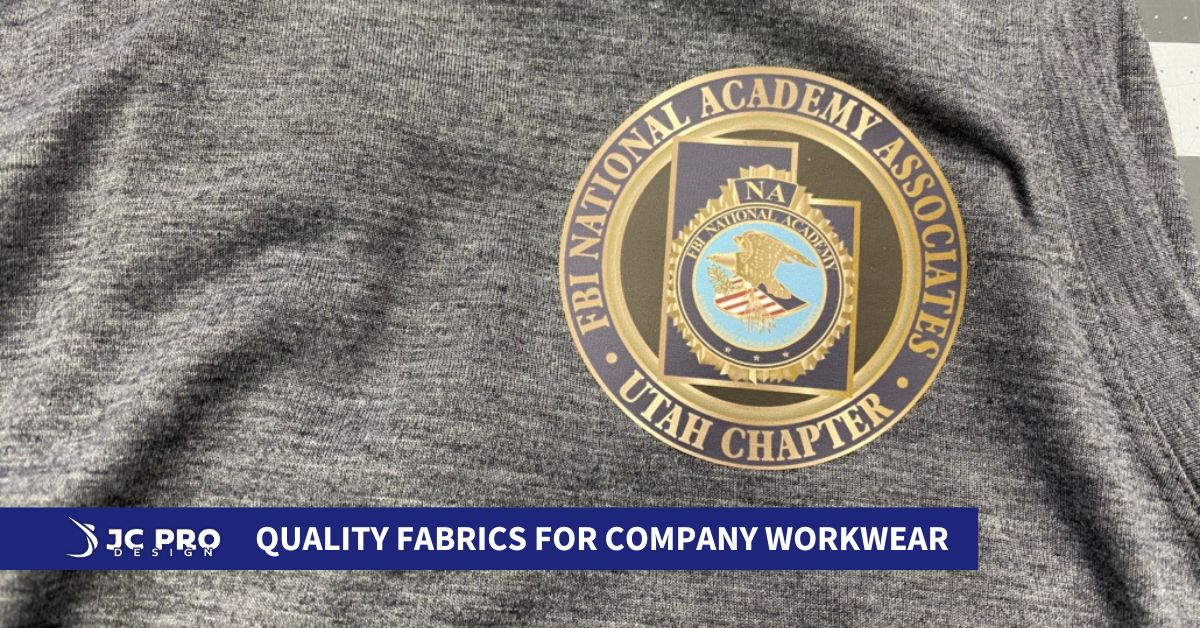
Your work apparel needs to handle daily wear and frequent washing. When choosing fabrics look for high end materials from established manufacturers who specialize in durable workwear. Quality corporate uniforms should feel soft against the skin, not scratchy or stiff. The fabric selection process should begin with understanding your work environment and employee needs. For outdoor work, materials need UV protection and moisture-wicking properties to keep staff comfortable all day. Climate plays a big role too – companies in extreme climates should look for layering options that work year round.
The activity level of different roles also impacts fabric choice. Active positions require breathable, flexible materials that move with the employee. Customer facing roles often need wrinkle resistant fabrics that stay looking crisp all day.
Maintenance teams for example need tough, stain resistant shirts that look good after climbing under machinery or working with tools. Office staff prefer lightweight, wrinkle resistant polos that look polished from morning meetings to afternoon client visits.
At JC Pro Design, we hold official decorator certifications from The North Face and Stahls, giving us direct access to high-end garments and professional-grade materials. Reach out to us if you have any questions!
2. Choose the Right Decoration Method
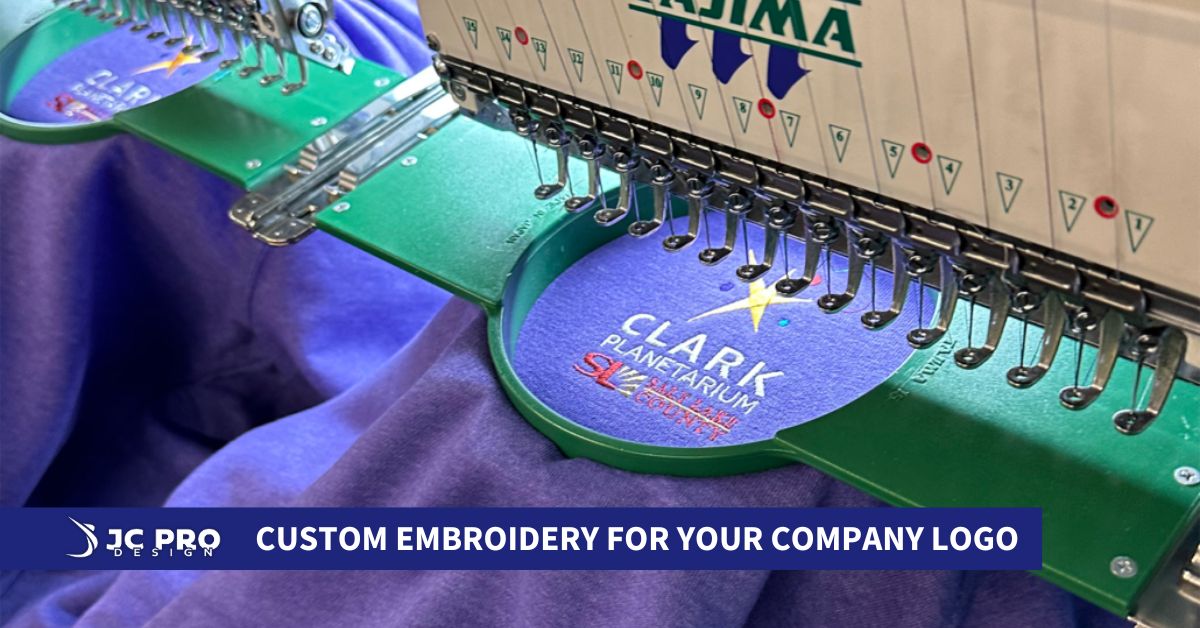
Your logo application method affects both appearance and durability. Embroidery is the premium choice for corporate apparel like polos and jackets. The raised, textured finish looks professional and withstands years of washing. This method works well for small to medium sized logos on shirt pockets or sleeves.
Screen printing is great for t-shirts and casual wear. The process allows for vibrant colors and complex designs while keeping costs low for large orders. Modern screen printing produces soft, comfortable prints that flex with the fabric.
The restaurant I visited had lots of their screenprinted shirts for sale, with many different designs and colors. The staff probably had a few different shirts they could wear to work, giving customers real examples of what the shirts for sale look like.
Heat transfer is versatile for complex designs and small runs. This method can reproduce detailed graphics and photographs with excellent color accuracy. It’s perfect for special events or limited edition corporate wear where you need maximum design flexibility.
3. Get Sizing Right
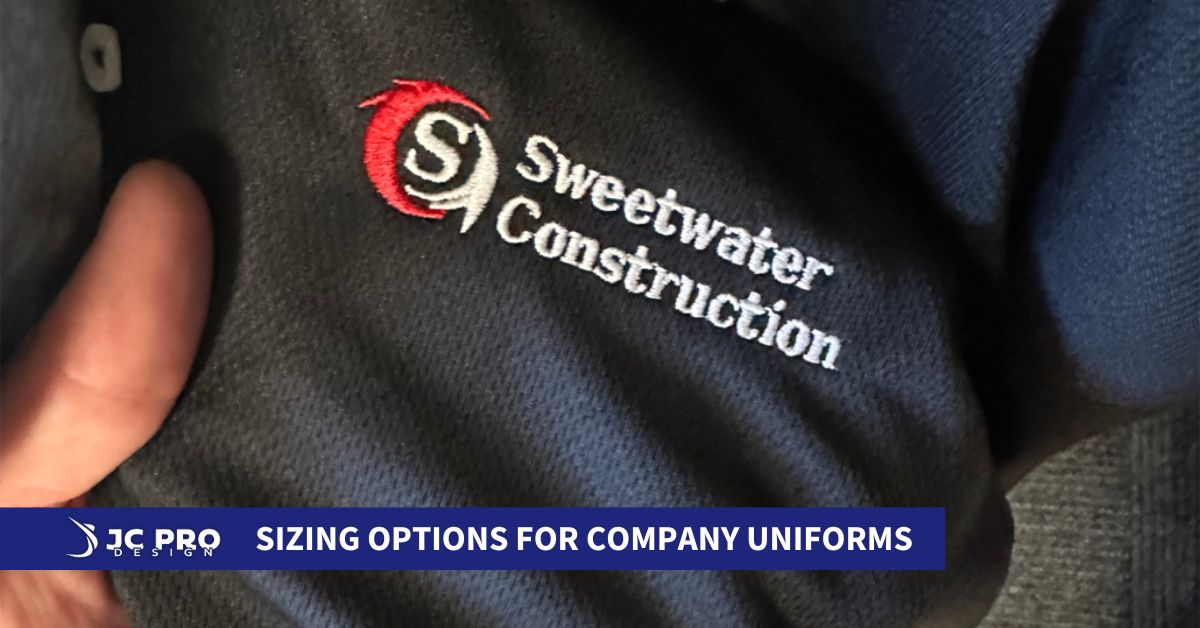
Nothing ruins pride in branded workwear like poor fit. A comprehensive sizing strategy starts with offering a full range from XS to 4XL to fit your entire workforce. Before ordering large quantities, get sample sizes for employees to try on. This small investment prevents costly mistakes and ensures everyone gets the uniforms they will wear.
Consider the different body types and preferences in your workforce. Offering both men’s and women’s sizes shows you care and respect for employee comfort. Keep some extra pieces in common sizes on hand for new hires or replacements. This prevents mismatched uniforms when you need to outfit new team members quickly.
Create a measurement guide and give employees enough time to try samples before ordering in bulk. This reduces returns and exchanges while everyone starts with properly fitting uniforms.
4. Strategic Logo Placement
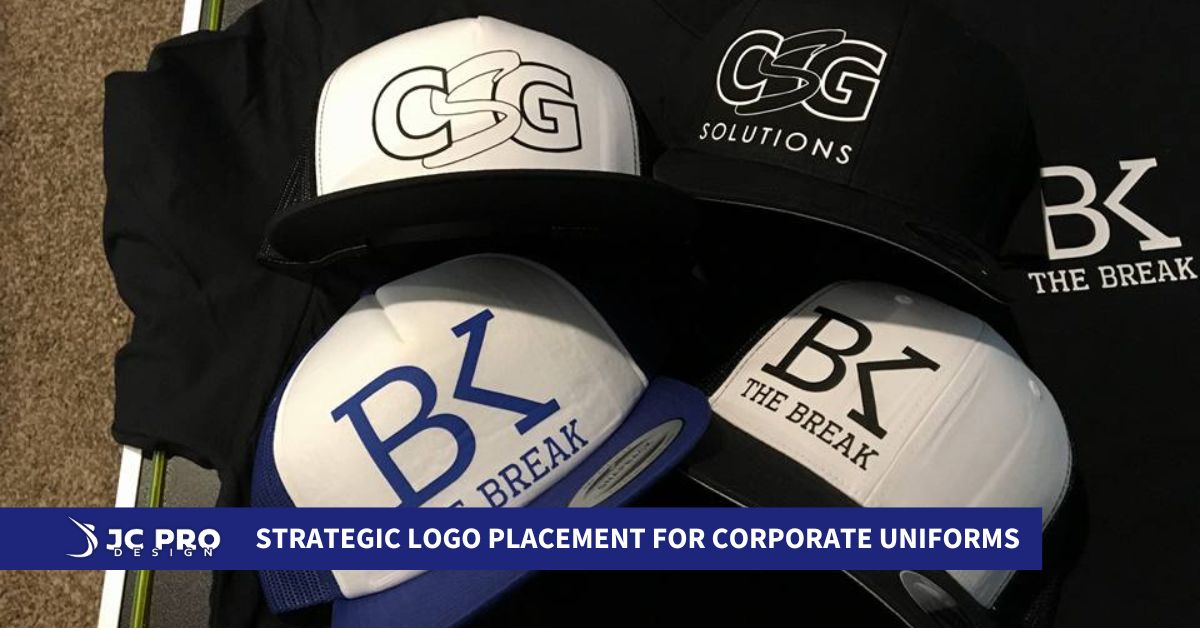
Logo placement affects both visibility and comfort. The traditional left chest position works well for business wear with logo designs, it’s professional without being overwhelming. For service industries full back logos provide high visibility when workers are interacting with equipment or customers.
Company hats with front logo placement can also complete your uniform program while providing practical sun protection for team that work outside.
Sleeve placement is a subtle branding option that works well with layering – perfect for companies in extreme climates where employees need to add or remove layers throughout the day. Collar embroidery adds a professional touch for corporate wear while keeping the main body of the garment clean and uncluttered.
Different roles within your company may require different placement strategies. Sales teams prefer subtle branding that doesn’t overwhelm their professional image. Service technicians need visible identification to build trust with customers.
Create a placement guide that varies by department while keeping overall brand consistency.
5. Choose Colors That Work
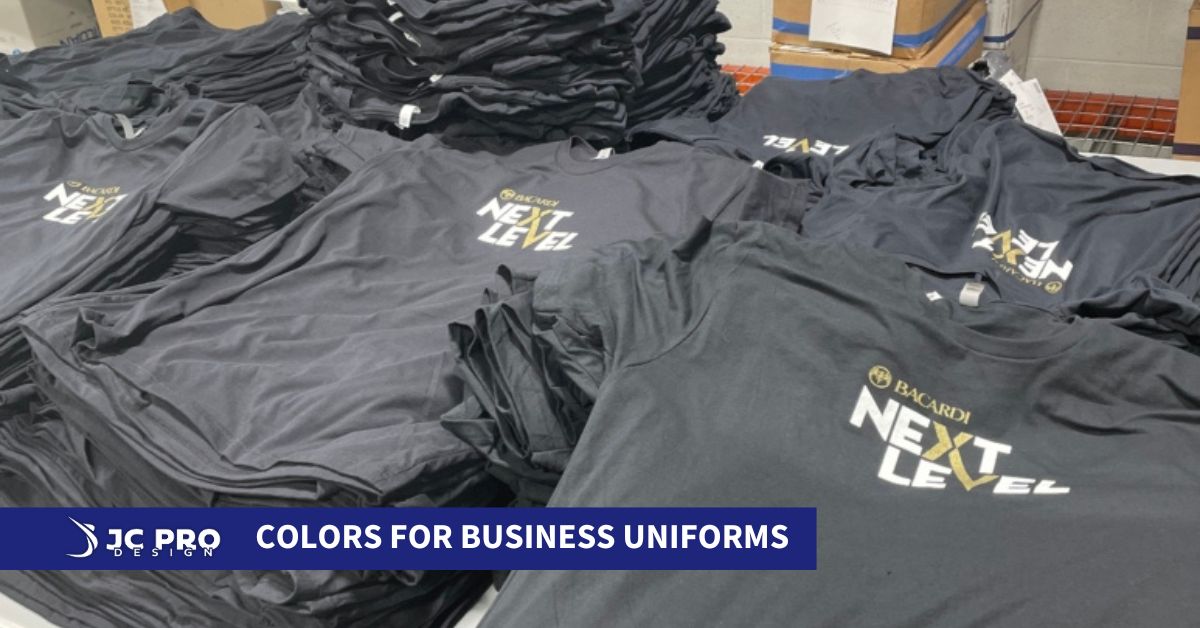
Color selection affects both brand recognition and practicality. While matching your brand colors is important, consider how these colors translate to clothing. Navy blue might look great on your logo but is too warm for outdoor summer work. Light colors show dirt more easily, making them impractical for industrial or maintenance roles.
Consider your work environment when choosing colors. High-visibility colors enhance safety for outdoor workers or those near vehicles. Darker colors hide dirt and stains in industrial settings, keeping uniforms looking professional all day.
Climate should influence color choices. Dark colors absorb more heat, making them uncomfortable in hot climates. Light colors reflect sunlight but show dirt more easily. Finding the right balance often means ordering samples in several colors to test in your actual work environment.
Make Your Decision
The process of selecting custom uniforms and workwear requires planning. Set a budget per employee and factor in seasonal changes that may require different uniform options throughout the year. Order early, 2-3 weeks for decorated apparel to arrive. Keep detailed records of styles and colors to make future ordering easier and ensure consistency.
Remember workwear is a big investment in your company image and team unity. It affects employee morale, customer perception and brand recognition. Take time to make smart choices that meet practical needs and professional goals.
Need help with custom workwear for your team? Contact us for a consultation. We’ll help you pick the perfect custom maintenance uniforms with logo embroidery or any other branded work clothing you need.

